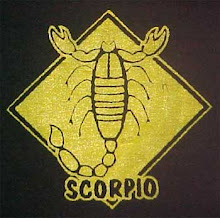Problem 7
By listing the first six prime numbers: 2, 3, 5, 7, 11, and 13, we can see that the 6th prime is 13.
What is the 10 001st prime number?
Now this is interesting. Because we dealt with primes in an earlier problem. There we cheaped out a little... and so why should this be any different.
This is literally an example in the primal crate documentation. add "primal = "0.2"" " to the tmol
// (.nth is zero indexed.) let p = primal::Primes::all().nth(10001 - 1).unwrap(); println!("The 10001st prime is {}", p); // 104743
Boom prints the answer. No fuss no muss.
Alternativly, there's some of the other approaches.
The other guys code
First answer comes from BitRake who is quickly becoming my favorite person on the answer forums.
He points out, look we have this website with all known primes on it. Prime pages.
Another user Frinzie did it manually. Kudos to him for tackling this challenge in a more robust approach.
fn is_prime(num: i32) -> bool { // works for odd numbers in range [3, +inf) let ceil = (num as f64).sqrt() as i32; for i in (3..=ceil).step_by(2) { if num % i == 0 { return false; } } true } fn main() { let mut primes = vec![2]; let mut num = 3; while primes.len() < 10001 { if is_prime(num) { primes.push(num); } num += 2; } println!("{}", primes[10000]) }
First he creates a vector primes. Got to have a place to store the answers. Then a num variable starting at 3. Primes after 2 can't be even by definition so he's only going to check odd numbers. Start at 3 and add 2 with every iteration.
He sets the limit in the while loop, while the primes vector length is less than 10001 the loop will check all odd numbers and add them to the primes list until it has 10001. Finally it prints out the 10000 index of the primes vector.
Great approach using solid logic.
One last user did it the same way Frinzie approached it but without putting the function logic in the function.
Special note: 1 apparently isn't prime. shrug so I guess I'll take that into account when using the these libraries.

No comments:
Post a Comment